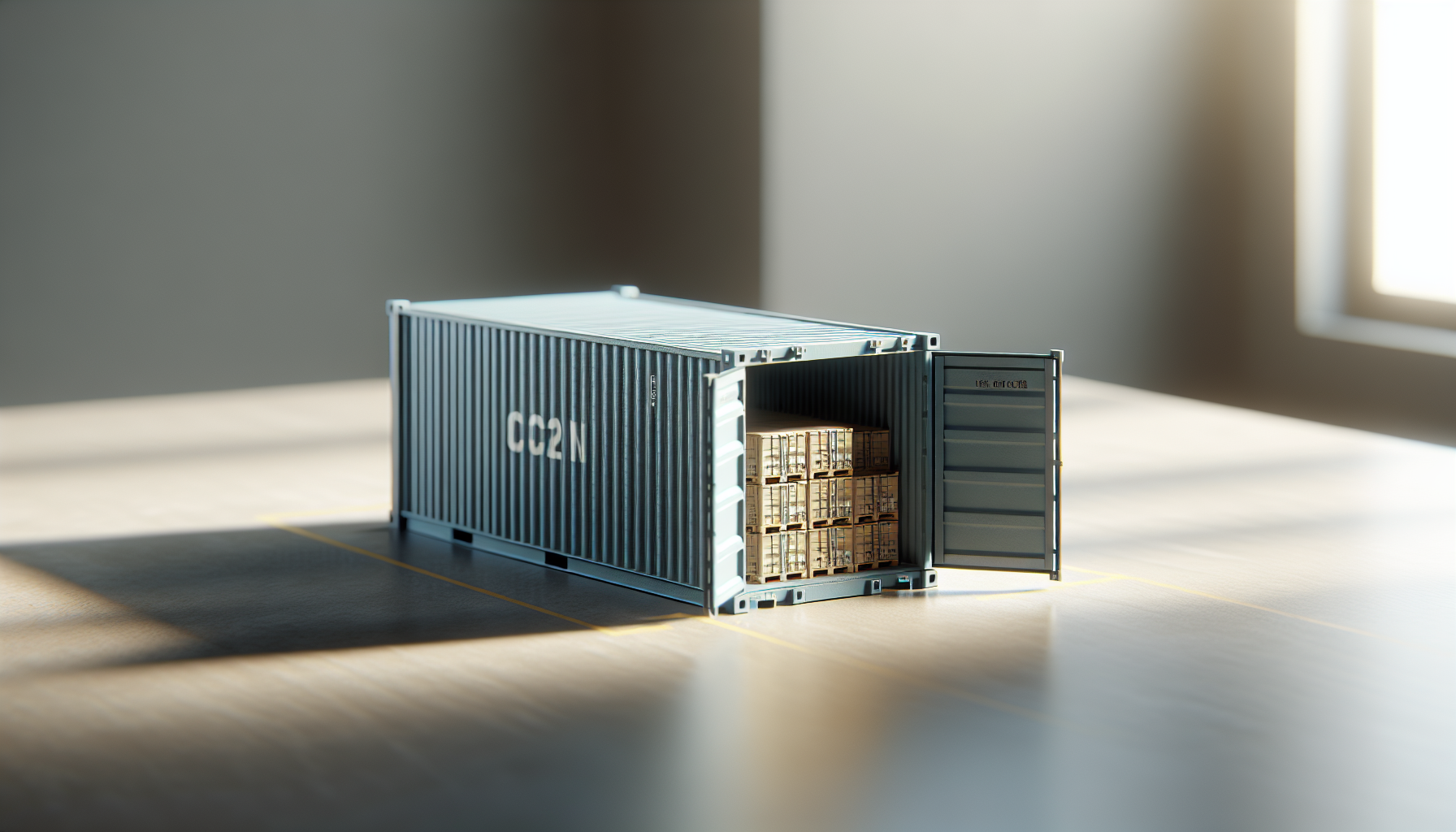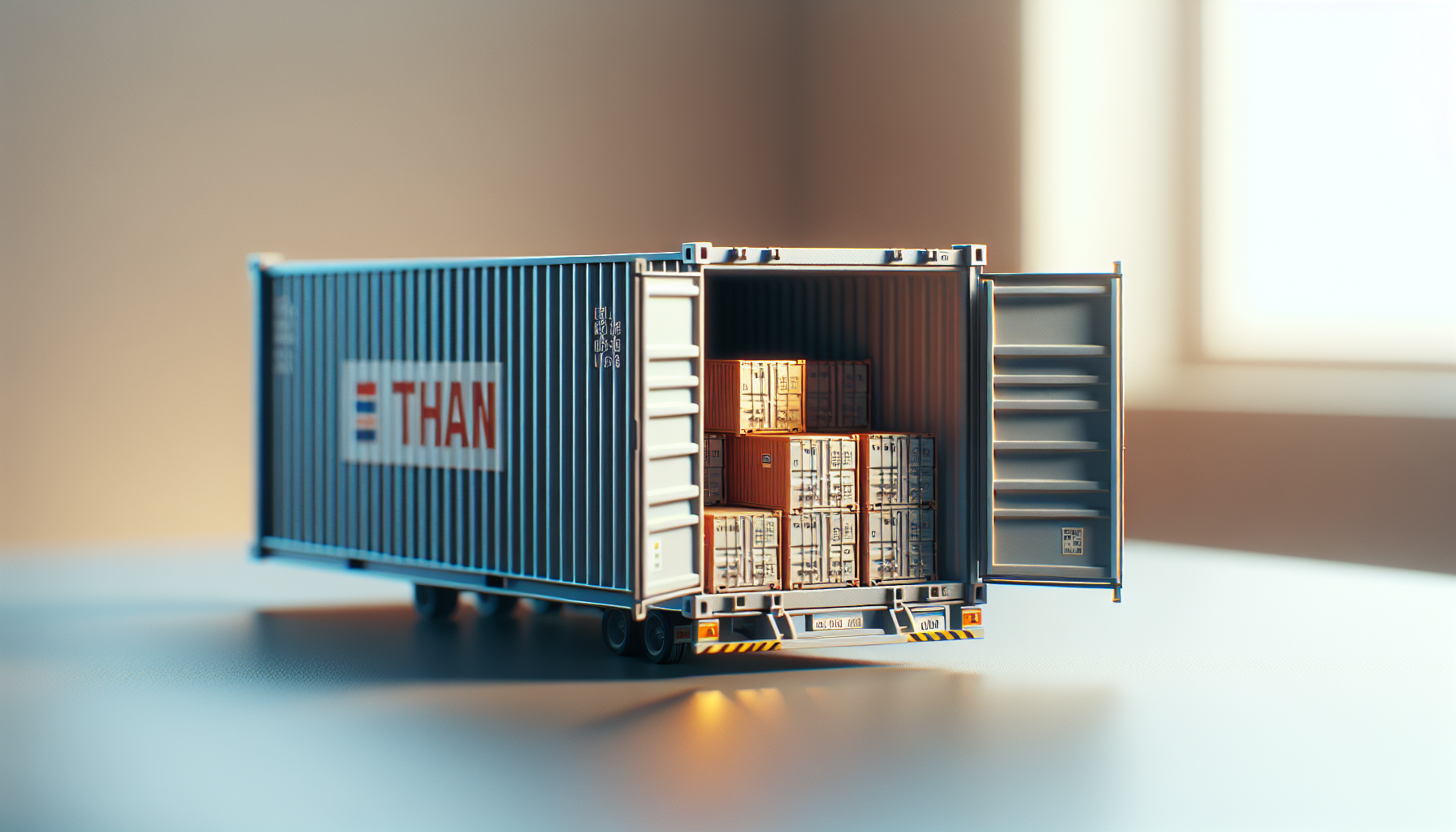ISF Filing For LCL Shipments: Checklist For Customs Accuracy
?Are you preparing an LCL shipment and feeling uncertain about how to get your Importer Security Filing (ISF) right the first time?

Introduction: Why ISF Accuracy Matters for LCL Shipments
You probably know that ISF (Importer Security Filing) is a security declaration required by U.S. Customs and Border Protection (CBP) for ocean shipments entering the United States. For Less than Container Load (LCL) shipments, the complexity rises because multiple shippers and consignments share space in one container, increasing the chance of errors. You’re not alone if this feels overwhelming — getting the ISF correct protects your supply chain, avoids fines, and speeds up release of goods.
Quick Definition: What Is ISF for LCL Shipments?
ISF is a declaration submitted to CBP 24 hours before the vessel departs for the United States. For LCL, you, or your authorized filer, must provide accurate data for each shipment inside the shared container. This includes details that might be harder to obtain when a consolidation house is involved. You’ll want to be sure you have both general and shipment-level information handled.
Who’s Responsible and What Roles Look Like
You might ask who is responsible. The importer of record generally has the legal obligation to file ISF, but you can delegate filing to a customs broker or an agent. For LCL, responsibilities can be split across:
- You (importer of record) — Provide accurate cargo and consignee data.
- Seller/Shipper — Provide commercial invoice details and product descriptions.
- NVOCC/Consolidator — Provide house bill info and container consolidation details.
- Customs broker or ISF filer — Submit the ISF and correct errors if needed.
If you need local assistance, consider using an ISF Customs Broker in California for shipments that touch that region — they can help reconcile local consolidation complexities and ensure filings meet CBP rules.
ISF Data Elements You Must Provide
CBP requires 10 core elements — you must ensure each is complete and correct. For LCL shipments, each element can be complicated by multiple house bills. You must supply:
- Importer of record number (IRS or EIN) — Without this, CBP can’t associate the ISF with your account.
- Consignee name and address — If you are not the consignee, provide the ultimate consignee details.
- Seller (Name and address) — The party that sold the goods to you.
- Buyer (Name and address) — Party that purchased the goods from the seller; sometimes you fill both seller and buyer.
- Manufacturer (or supplier) name and address — Each origin manufacturer if multiple items.
- Ship to party name and address — Where goods will go after CBP release.
- Country of origin — For each article; must match customs documentation.
- HTSUS or Harmonized Tariff Schedule number — Ideally six-digit at minimum to classify goods.
- Container stuffing location — The physical place where the container was stuffed; crucial for LCL where stuffing can occur at a consolidator warehouse.
- House bill or master bill numbers and booking details — For LCL, include both house bill and master bill mappings as applicable.
Practical Tip: Get data early and verified
You’ll reduce risk by collecting these elements at order entry or when the supplier confirms production. LCL consolidations often change close to sail dates; too many last-minute changes lead to errors.
LCL-Specific Challenges and How You Can Address Them
LCL shipments create edge cases that you must anticipate:
- Multiple suppliers in one container: You must file separate ISFs for each importer of record’s goods, or ensure your broker files multiple ISFs referencing the same master bill but different house bills.
- Changing consolidation plans: Consolidator might move stuffing location; you need updated container stuffing location for ISF amendments.
- Short lead times: LCL often moves faster through consolidation; set internal deadlines to collect ISF data earlier than you think necessary.
You can mitigate these by having standard operating procedures (SOPs) with your consolidator, export freight forwarder, and customs broker. Draft a checklist and enforce deadlines so information flows in time.
Step-by-Step ISF Filing Checklist for LCL Shipments
Use this thorough process to reduce errors and improve compliance. You’ll find it helpful to have a single person accountable for moving each step forward.
1. Pre-shipment data gathering
Start by collecting required data elements at the time of purchase order or confirmation.
- Confirm importer of record number.
- Collect seller, buyer, and manufacturer details with full addresses.
- Request product descriptions and country of origin per line item.
- Obtain early HTS classifications or a default classification policy.
2. Coordination with consolidator and NVOCC
You must track consolidation details and house bill/master bill relationships.
- Confirm which consolidator will stuff the container and their stuffing address.
- Get house bill numbers and link each to the appropriate master bill.
- Verify the container number and booking details once available.
3. Assign an ISF filer
Decide who will file — you, an internal compliance team, or an external broker.
- If you use a customs broker, provide clear written authorization and data.
- Confirm the filer’s required lead time for LCL shipments (often 48–72 hours pre-departure to account for changes).
4. File ISF on time
Ensure the ISF is submitted at least 24 hours prior to vessel departure from foreign port.
- For LCL, filings may need to be submitted as multiple ISFs per house bill; verify with your filer.
- Confirm receipt and acceptance from CBP electronically.
5. Monitor for rejection and correct quickly
CBP may reject an ISF due to missing or inconsistent data. You’ll want to:
- Monitor filing status immediately.
- Correct any rejected fields and resubmit promptly — late corrections can trigger fines.
6. Post-arrival reconciliation and recordkeeping
Keep ISF records for five years, as CBP can audit filings anytime.
- Maintain copies of all documents supporting ISF data (invoices, bills of lading, packing lists, supplier declarations).
- Reconcile declared HTS numbers and country of origin with customs entries.

Common ISF Errors for LCL and How to Fix Them
You can avoid costly mistakes if you learn the patterns that commonly cause rejections or penalties:
- Mismatched addresses — Standardize addresses and verify against official documents.
- Wrong importer number — Cross-check importer EIN vs. IRS records.
- Incorrect house/master bill relationships — Maintain mapping logs that tie house bills to master bills and containers.
- Missing manufacturer details — Ask suppliers for a manufacturer declaration early.
- Late filing — Build buffer time into your process; require data earlier from vendors.
When you spot an error, don’t panic. Amend the ISF immediately and document the correction with reasons and timestamps to create an audit trail.
Compliance Risks and Penalties You Should Know
CBP enforces ISF rules and can assess penalties for non-compliance. You may face:
- Monetary penalties for failure to file, inaccurate or incomplete filings.
- Detention of goods and additional inspections for frequent errors.
- Increased scrutiny or interventions that slow your supply chain.
You can lower risk by keeping thorough documentation and an audit-ready ISF filing process. Show CBP you have corrective measures when mistakes occur.
Handling Edge Cases: Consolidations, Split Shipments and Transshipments
LCL shipments often present special scenarios. You’ll face different filing needs in each case.
Split shipments
If goods are split across multiple containers or sailing legs, make sure you:
- File separate ISFs for each house bill affected, each referencing the correct container and master bill.
- Update the filer when consolidation plans change.
Transshipments and multiple legs
If the cargo transships through an intermediate port, you must:
- Ensure the ISF is based on the U.S.-bound vessel and not the initial leg.
- Confirm that the vessel schedule used for the ISF matches the final leg to the U.S.
Short-sea shipments or coastal transfers
If cargo moves via domestic coastal transfer, you still must:
- Provide accurate “ship to” and final destination party information.
- Clarify whether the movement constitutes a new filing requirement.
Best Practices to Improve ISF Accuracy
You can implement practical improvements to reduce errors and speed up processing.
- Standardize supplier data forms: Create a mandatory template suppliers must fill for each shipment.
- Use technology: Integrate your ERP with your broker’s filing platform to automate data transfers.
- Run pre-filing validations: Use checklists that verify the 10 ISF elements and cross-check HTS and COO.
- Train staff and partners: Regular training sessions for procurement, logistics, and vendors ensure everyone understands the ISF data needs.
- Use a dedicated ISF coordinator: Assign a single point of contact for data collection, submission, and troubleshooting.
Practical Example: How You’d Handle an LCL ISF Filing
Imagine you’re importing electronic components from three suppliers in Shenzhen. The consolidator will stuff all goods into one 40’ container. Here’s how you move through the process:
- Collect supplier declarations, full addresses, HTS numbers, and manufacturer details for each supplier.
- Inform your consolidator of the filing timeline and obtain the house bills once the consolidator issues them.
- Confirm container stuffing location and expected stuffing date.
- Provide all data to your ISF filer at least 72 hours before departure to allow time for consolidator updates.
- Monitor the filing; if CBP rejects, correct and resubmit immediately.
- After arrival, reconcile the ISF with the entry summary and keep documentation for five years.
Audits and Recordkeeping: How You’ll Prove Compliance
You must retain records that support every ISF data element for five years. When CBP audits:
- Provide invoices, packing lists, bills of lading, supplier declarations, and correspondence with your consolidator.
- Show internal SOPs and timelines proving when data was collected and filed.
- Demonstrate corrective actions taken for prior errors.
Keeping an indexed digital archive makes retrieval quicker if CBP requests documents.
Selecting the Right ISF Filer or Partner
You need a competent and reliable filer. Consider these factors:
- Experience with LCL processes and consolidator relationships.
- Real-time filing platforms and error notification systems.
- Clear SLAs for corrections and amendments.
- Transparent pricing and audit support.
If you need local help, look for brokers or filers with strong regional experience and robust IT systems.
Final Checklist: A Practical ISF Filing To-Do for LCL Shipments
Use this concise checklist as your routine reference:
- Verify importer of record number and consignee details.
- Obtain seller, buyer, and manufacturer addresses.
- Confirm HTS numbers and country of origin per line item.
- Get house bill and master bill mappings from consolidator.
- Confirm container stuffing location and stuffing date.
- Provide all data to your ISF filer with buffer time.
- Confirm CBP acceptance and monitor for rejections.
- Amend promptly if needed and document corrections.
- Retain supporting documents for five years.
Closing Encouragement
You’re likely juggling many moving parts, and perfection on the first try can be rare with LCL shipments. By standardizing data collection, establishing clear roles, and building time buffers, you’ll reduce the chance of ISF errors and keep your imports flowing. If you ever feel stuck, consider professional help — an experienced partner can be the difference between timely release and costly delays.

